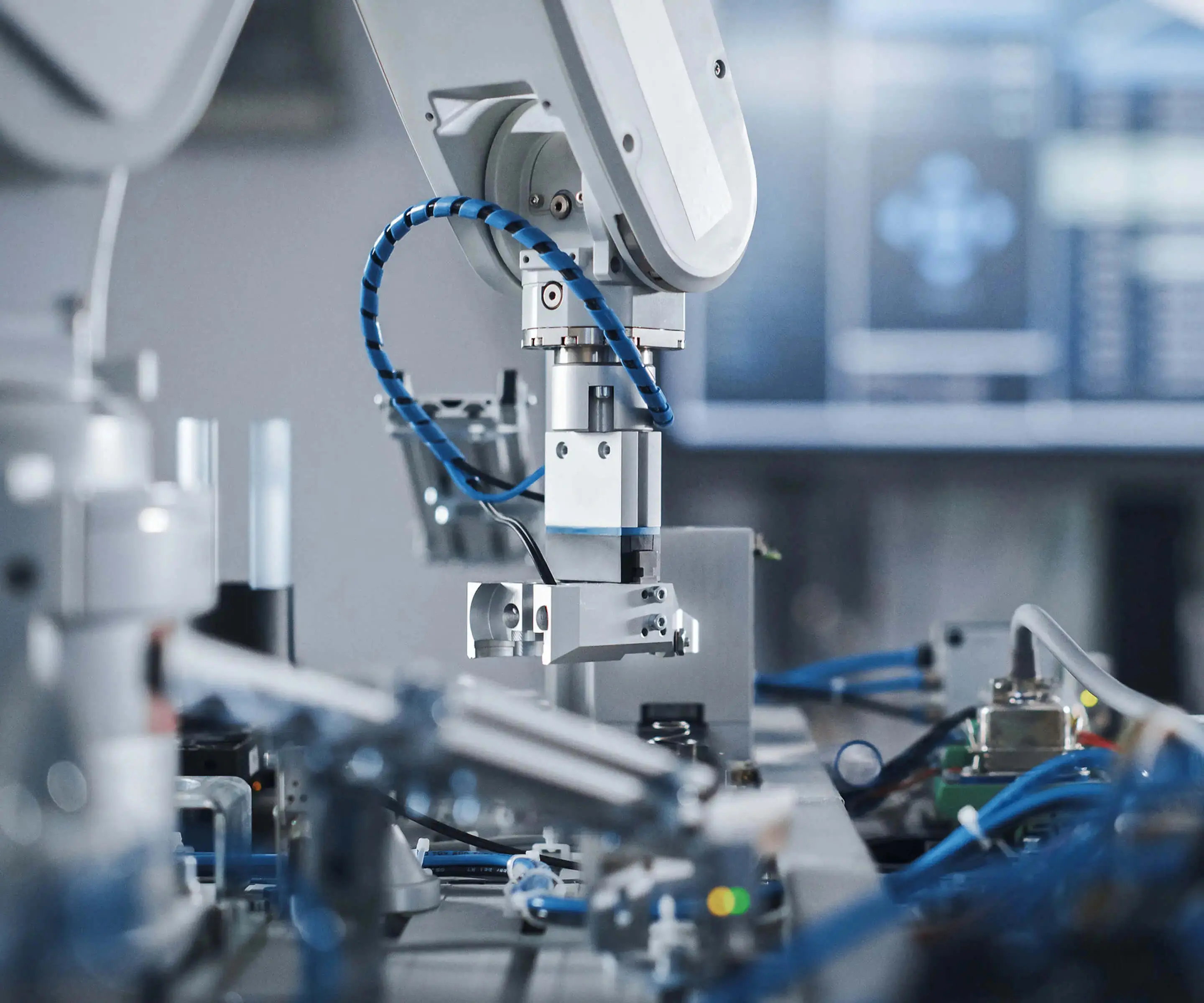Sure! Here's the first part of your soft article on "Servo Motor Arduino Tinkercad." I'll provide the detailed and engaging content as requested.

Imagine a world where your most ambitious ideas—robots that follow your commands, automated home devices, or intricate mechanical art—can come to life with just a few electronic components and a bit of coding. That world is very much within reach thanks to the combination of Arduino, servo motors, and the innovative online platform called Tinkercad.
A glimpse into Tinkercad’s universe
Tinkercad, developed by Autodesk, is more than just a 3D modeling platform. Its Circuits section offers a simulator that allows hobbyists, students, and professionals alike to design and test electronic circuits without needing to solder or assemble physical components. It’s a virtual playground that demystifies complex concepts in electronics and programming, making them accessible regardless of your experience level.
One of the stars in Tinkercad’s circuitry toolkit is the servo motor. Known for its precision and ease of use, the servo motor is fundamental in many robotics applications. It’s the magic behind moving arms, steering wheels, camera gimbals, and countless other mechanical parts that require controlled motion.
Understanding the servo motor
Unlike simple DC motors that spin freely, a servo motor is a compact rotary actuator that can be precisely controlled to turn to a specific position within a range—typically 0 to 180 degrees. It has an integrated control circuit and a positional feedback mechanism, making it perfect for applications where accurate and repeatable movement is key.
In your projects, you’ll connect the servo motor to an Arduino microcontroller, which acts as the brain, sending signals that tell the servo exactly where to move. This collaboration unlocks endless possibilities—from creating robotic arms to developing automated camera systems.
Getting started with Arduino and servo motors
Before diving into your first project, let’s briefly discuss the essential components:
Arduino Board: Typically an Arduino Uno, a versatile microcontroller that’s beginner-friendly. Servo Motor: A standard small servo, such as the SG90, widely available and easy to work with. Breadboard and Jumper Wires: For connecting components without soldering. Power Supply: Usually provided via the Arduino’s USB port during simulations.
In Tinkercad, you can drag and drop these components into your workspace, wire them up virtually, and even write code in the integrated code editor.
The magic of code: controlling the servo
Controlling a servo in Arduino is surprisingly straightforward. The common library used is the Servo library, which simplifies commands to tell the servo to go to a specified angle.
A simple code snippet looks like this:
#include Servo myServo; void setup() { myServo.attach(9); // Connects the servo to digital pin 9 } void loop() { myServo.write(0); // Moves to 0 degrees delay(1000); // Waits for a second myServo.write(90); // Moves to 90 degrees delay(1000); myServo.write(180); // Moves to 180 degrees delay(1000); }
This basic script rotates the servo to different positions with one-second intervals, illustrating the core concept.
Designing your first servo project
A beginner-friendly project could involve simulating a simple robotic arm with one or two degrees of freedom. In Tinkercad:
Place an Arduino Uno, a servo motor, and a power source. Connect the servo’s signal wire to digital pin 9, and power and ground appropriately. Upload the code, and watch the servo move as programmed.
This fundamental exercise demonstrates how software commands translate into precise physical motion, bridging the gap between digital and physical worlds.
Why experiment in Tinkercad?
Risk-Free Learning: No need to buy components upfront. Instant Feedback: Changes in code or wiring instantly reflect in the simulation. Ease of Use: The drag-and-drop interface simplifies complex circuit design. Community and Resources: A rich repository of tutorials and shared projects.
By mastering servo control in Tinkercad, you set a strong foundation for more complicated projects: automated vehicles, smart robotic prosthetics, kinetic sculptures, and much more. The virtual environment invites experimentation, letting you learn from mistakes without any material costs.
Kpower has delivered professional drive system solutions to over 500 enterprise clients globally with products covering various fields such as Smart Home Systems, Automatic Electronics, Robotics, Precision Agriculture, Drones, and Industrial Automation.




































